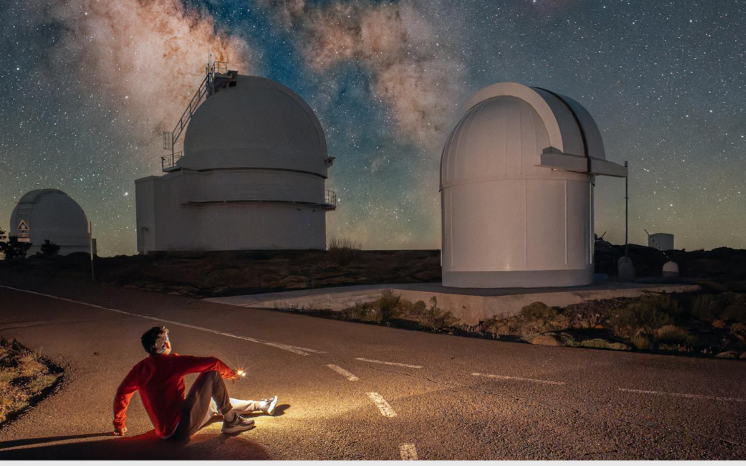Stargazing with the naked eye: How many stars can we see?

Of course, during the day we can see only one star, the Sun, because the rays of this star of ours prevent us from seeing less bright bodies.
But at night, the number of visible stars increases drastically, as anyone who has looked at the sky at such a time knows – it is understandable if it is clear.
The number of stars we see at night is also affected by the transparency of the atmosphere and how clean the atmosphere is of dust. This is why it is great if it rains before the observation, as the water picks up the dust from the air.
Then, for good observation, it is necessary that our view is not obstructed by any light, say street lighting. And the Moon can get in the way, especially when it’s full.
There is more to this, for example, the stability of the atmosphere is also important and that the winds do not significantly disturb certain layers of the air, etc.
It is also necessary that we have good eyesight and that our eyes have adjusted to the dark (for at least half an hour) and that the Sun is as low as possible below the horizon.
So how many stars can we see with the naked eye, under the ideal conditions listed above?
A person with good eyesight can see a star of magnitude +6.5.

Of course, there are exceptions to this, so some see more, some see less. Oddly enough, some people don’t really have good “terrestrial” vision, but they can see celestial objects perfectly.
So, let’s lead this the mentioned average 6.5 m. How many such stars are there?
There are 9,100 of them (roughly because some stars change their brightness, so it is difficult to classify them in a group).
Statistics:
There are about 20 stars up to 1st magnitude.
There are about 70 stars up to the 2nd magnitude.
There are about 200 stars up to the 3rd magnitude.
There are about 500 stars up to the 4th magnitude.
There are about 1,600 stars up to the 5th magnitude.
There are about 6,700 stars left to 6th magnitude.
It is very important to note that all these stars cannot be seen at once because they are spread over the entire sky that surrounds the entire planet. So, half is on the day side of the Earth, and half is on the night side, and of that night side you can only see half, in that part of the sky that is above you.

To summarize: there are 9,000 stars, half of which, 4,500, are on the night side, and half of which, 2,250, are in the sky above you.
This can all happen, at least in theory, at say midnight, from a high mountain in the wilderness, hundreds of kilometers away from any light, etc.
In reality, you will not count as many stars as you see, because a number of stars will be lost in the haze above the horizon or will not be visible for other reasons.
Okay, but then how many stars can you see in perfect conditions?
Well, about 2000, ± 500, which means a total of between 1,500 and 2,500.
Of course, different data sources give different numbers of visible stars, but if someone asks you the question contained in the title, feel free to say: about 2000 and you won’t be off. At least not much.

